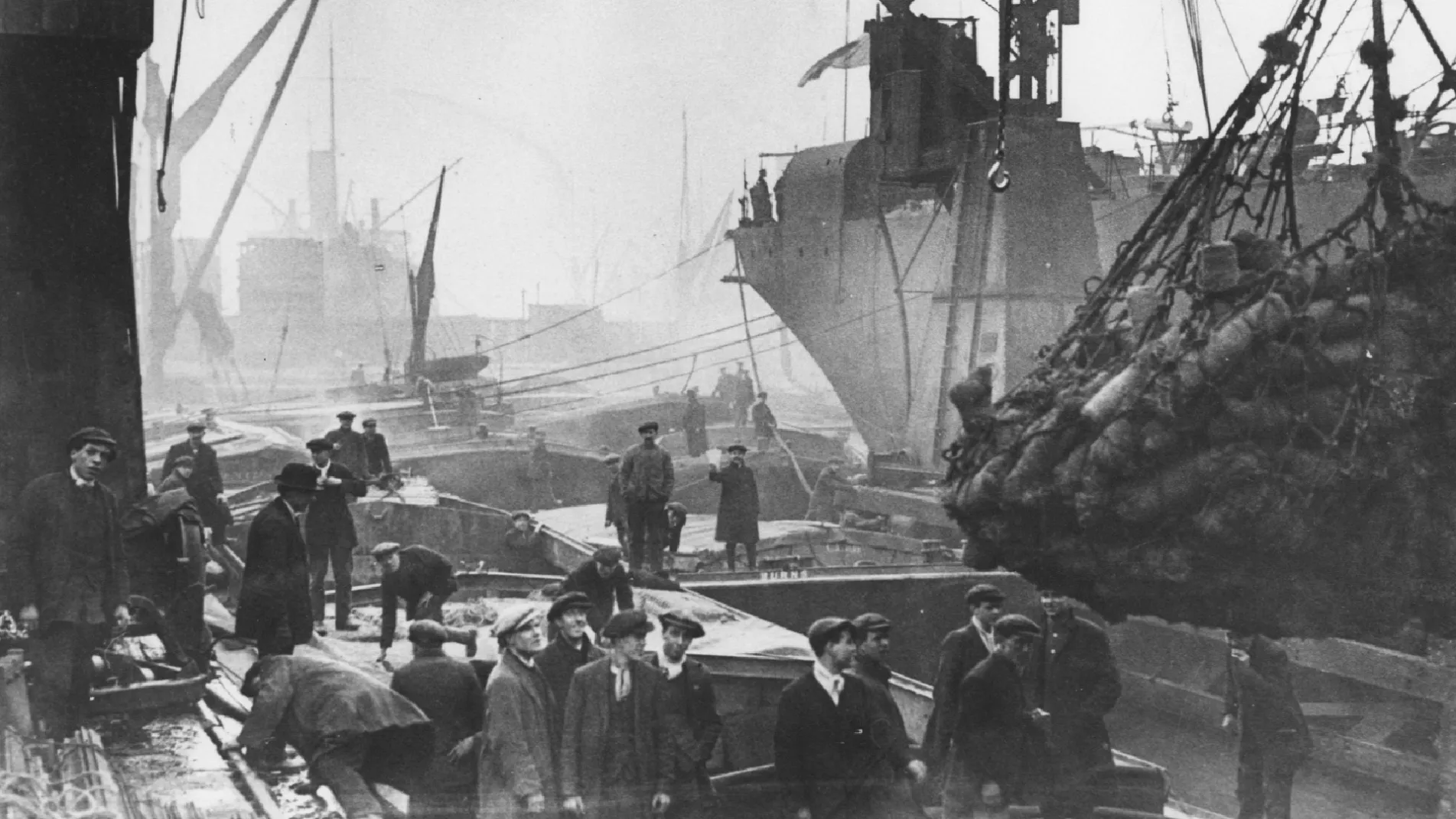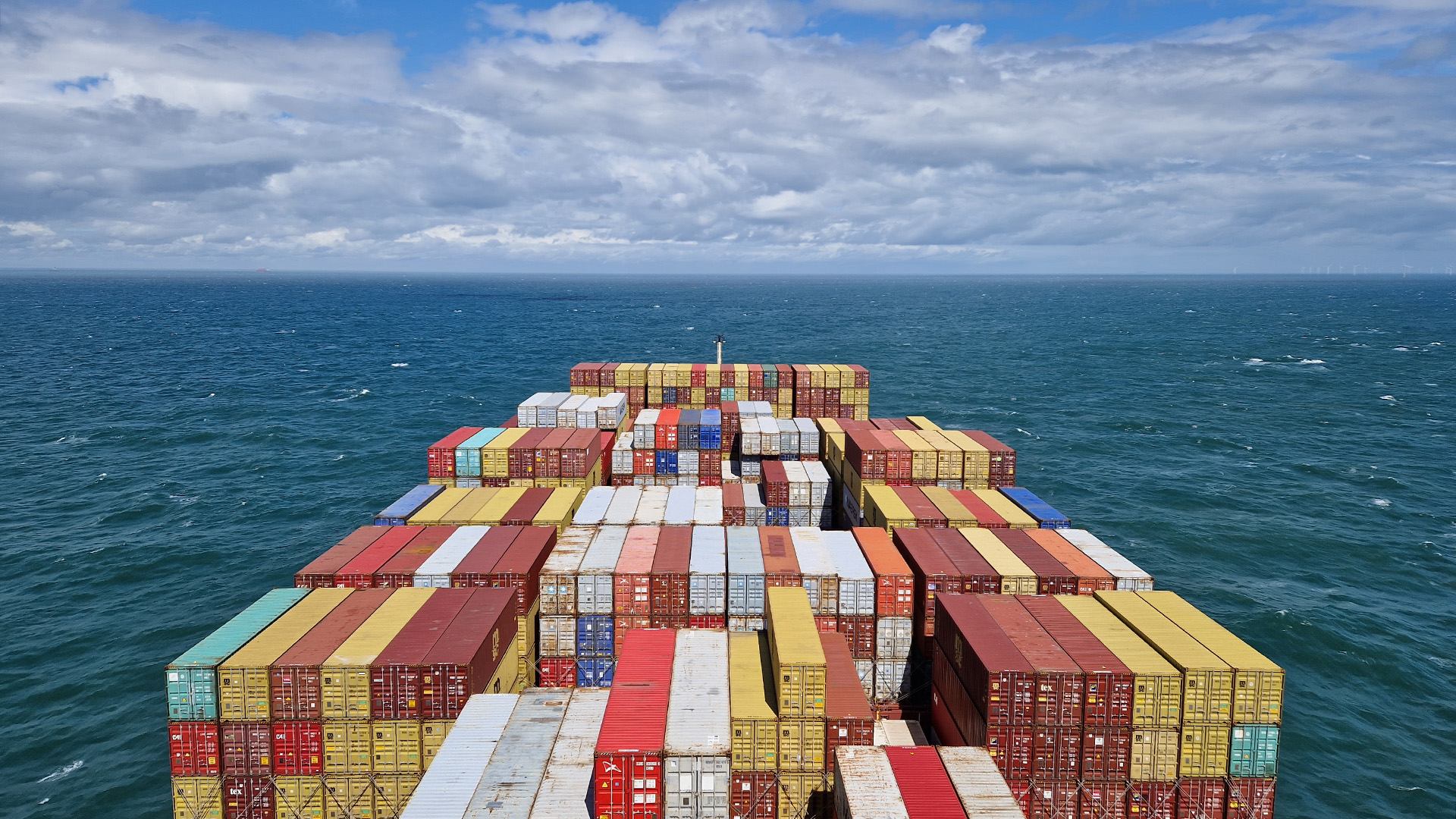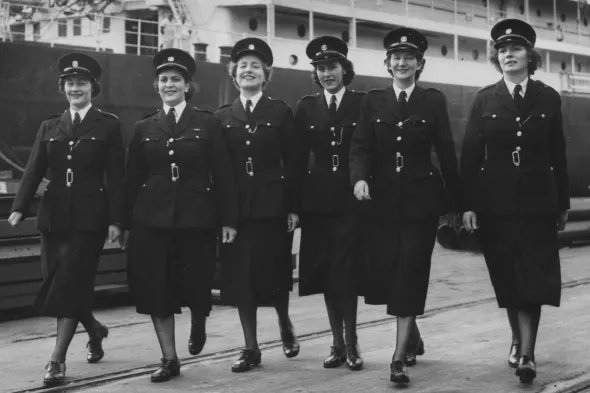Live Tides
NOTICES TO MARINERS
Charts & Surveys

Incident reporting
Life-threatening emergencies on the river:
Call 999 and ask for the Coastguard
For near miss, safety observations and incident reporting click below

Our history
The Port of London Authority was created to bring order to the chaos and congestion that prevailed on the Thames as rival wharfs, docks and river users battled for business in the late 1800s
A brief history of the Port of London Authority
Created by the Port of London Act 1908
The only form of British international transport and trade at the time was sea-based and a successful port was essential to a nation's success. Structural improvements were seen to be essential to maintain and improve the port's position against its lead.
After years of debate, the Bill that led to the creation of the PLA was introduced by David Lloyd George in April 1908; the challenge of guiding it through the House fell to his successor, Winston Churchill. The Bill received Royal Assent as the Port of London Act, 1908, in December 1908.
In March 1909, the PLA came into being -- taking oversight of:
- From the Thames Conservancy responsibility for the tidal Thames from Teddington Lock to a line from Havengore Creek, Essex, to Warden Point, on the Isle of Sheppey in Kent; and
- the assets of the dock companies - the Surrey Commercial Dock Company, the London & India Dock Company, and the Millwall Dock Company - at a cost of £23 million (approximately £2.2 billion in 2024)

In the years immediately after its formation, the PLA oversaw investment and modernisation of the docks, deepening of the river and brought co-ordination - and a new sense of identity - to a busy, successful Port.
Subsequently the Port played its part in the nation's efforts through two World Wars - for which stories of heroism abound - and the rebuilding that followed.
Trade through the Port, particularly the enclosed docks, reached its peak in 1964 at 61 million tons (55 million metric tonnes).
Very rapidly after that changes in cargo handling technology and increasing ship sizes brought to an end the era of the up river enclosed docks (St Katharines to the Royal Docks); they progressively closed between 1967 and 1981 as trade moved downriver.
The modern PLA is no longer involved in cargo handling; its last such operation - Tilbury Docks - was privatised in 1992. However, it continues in its core role - helping people make the most of the river safely - whether it is for deep-sea trade, river borne freight within London, commuting, participating in watersports or visiting the riverside.
Its operations over 95 miles of river from Teddington Lock to the North Sea include:
- Running one of the largest VTS districts in the UK.
- Providing pilots to guide the largest ships in and out of the Port.
- Surveying the bed of the river and dredging where necessary to ensure ships have safe access.
- Patrolling the river from Gravesend to Putney.
- Providing services to ensure the safety of navigation.
- Encouraging use of the river to help alleviate road traffic and resultant emissions.
- Promoting the protection of the environment and the river as a destination for physical activity.
The PLA is a self-financing public trust - it provides its essential safety services through charges on river users and without tax payer support.

Today, the Port of London is the UK's largest, handling over 50 million tonnes of cargo, with the larger privately-owned operations concentrated around and down river of the Queen Elizabeth II river crossing at Dartford and Purfleet-on-Thames.
Did you know?
At its peak (in the 1930s), the area of the PLA’s enclosed dock water amounted to 713 acres - equivalent to 2506 Olympic sized swimming pools.
The dock water area consisted of 47 basins and docks spread over 5 groups of docks.
The linear quaysides around the PLA's enclosed docks ran for over 36 miles in length - equivalent to the distance from Charing Cross to Southend-on-Sea.
In the mid-1960s, the PLA's land estate amounted to 3,892 acres. This equated to an area of 6.22 square miles, which was larger than the London Borough of Islington (area 5.7 square miles), and more than 6 times the size of the City of London (area 1 square mile).
The total volume of foreign and coastwise import and export cargoes passing through London stood at 18.6 million tons in 1910, the first full year of the PLA’s life.
Pre-war cargo tonnages through the Port peaked at 44.6 million tons, in 1938.
Post-war cargo tonnages through the Port peaked at 61.3 million tons in 1964.
The PLA was an early user of large computer systems in the 1960's. At one time over 70 punch operators were employed and the PLA was providing payroll services for other large companies.

Discover



